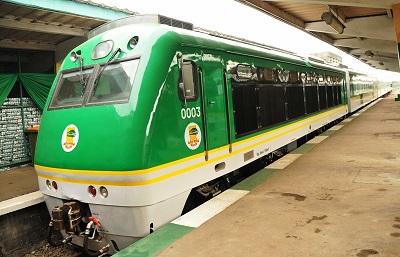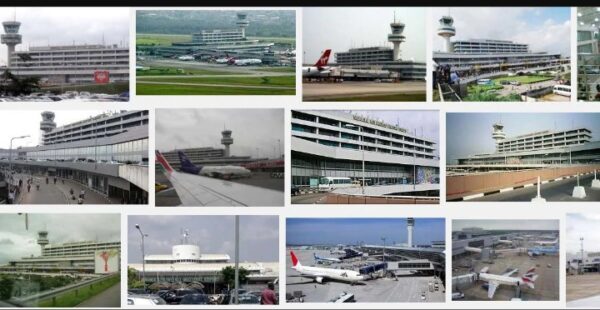Abuja airport closure’ll affect economy – Experts

The planned closure of the Nnamdi Azikiwe International Airport, Abuja by the Federal Government for six weeks from March 8 will cripple the Nigerian economy beyond that period.
On January 5 this year, the Minister of State for Aviation, Senator Hadi Sirika, announced the decision of the Federal Government to temporarily close the NAIA to effect comprehensive renovation works on its runway so as to meet international civil aviation standards.
Sirika explained that the Kaduna International Airport had been designated as the alternative facility to be used during the period of the Abuja airport closure, as work had commenced in earnest at the KIA.
But engineers and airline operators on Wednesday declared that the closure of the NAIA would not mean well for the country economically, as the aviation sector contributes significantly to the socio-economic growth of Nigeria.
The President, Nigerian Society of Engineers, Mr. Otis Anyaeji, told journalists in Abuja that shutting down the only runway and by extension the NAIA, would create enormous ripple effects for the passengers and cargo traffic flowing in and out of the Federal Capital Territory.
“Closing that airport is synonymous with the shutting down of our economy for six weeks or more and by extension, the economy of Africa, because this country’s economy is ranked the largest on the continent,” he said.
Anyaeji stated that any disruption in the operations of the aviation sector, particularly at an international airport that connects Nigeria to the rest of the world, would have a huge impact.
The NSE president noted that in far worse scenarios, committed efforts had kept airports operational while maintenance/repairs were ongoing.
He said, “A good example is the Uli airport runway, which was kept open during the civil war through quick fixes to craters caused by exploding bombs. Another example is the replacement of the aging Frankfurt airport runway in 2005; closure of the runway was not an option. All work was scheduled in a seven-and-a-half hour night-time window over 300 nights in 15-metre section of the main runway.”







